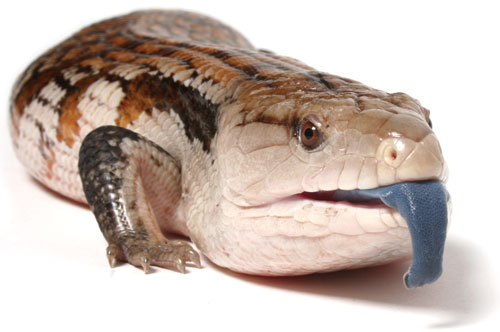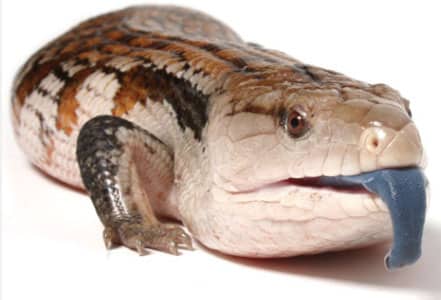How to sex the blue tongued skink.
Sexing blue-tongued skinks (Tiliqua spp.) can be terribly frustrating, but it is really not that difficult if you know what to look for. Most of us have heard the basic tips and tricks: Males often have a larger and more triangular head, a thicker tail base, slimmer sides and a huskier throat than females. You may also have heard that males tend to have orange and more brightly colored eyes, whereas females are browner.

Blue Tongue Skink
Blue-tongued skinks can be territorial. They should only be put together for supervised copulations
In reality, these methods are not accurate ways to sex blue-tongues. For example, if you look at your skink and observe that it has a bulky head with a fat tail, you might deduce that your animal is male when, in fact, you could just have a large female with a healthy fat storage in her tail. Although you may have guessed correctly, you have not discovered anything beyond a shadow of a doubt.
Here are three surefire methods. I have devised a little composition I call “The Three E’s.”
1. Ejection or dispersion of seminal plugs reveals a male blue-tongued skink.
2. Eversion of hemipenes during excretion reveals a male blue-tongued skink.
3. Expression or behavior. How does your animal react when placed with another blue-tongue? If you put two animals together and one begins to chase and mount the other, you have definitively discovered that the aggressor is a male.



